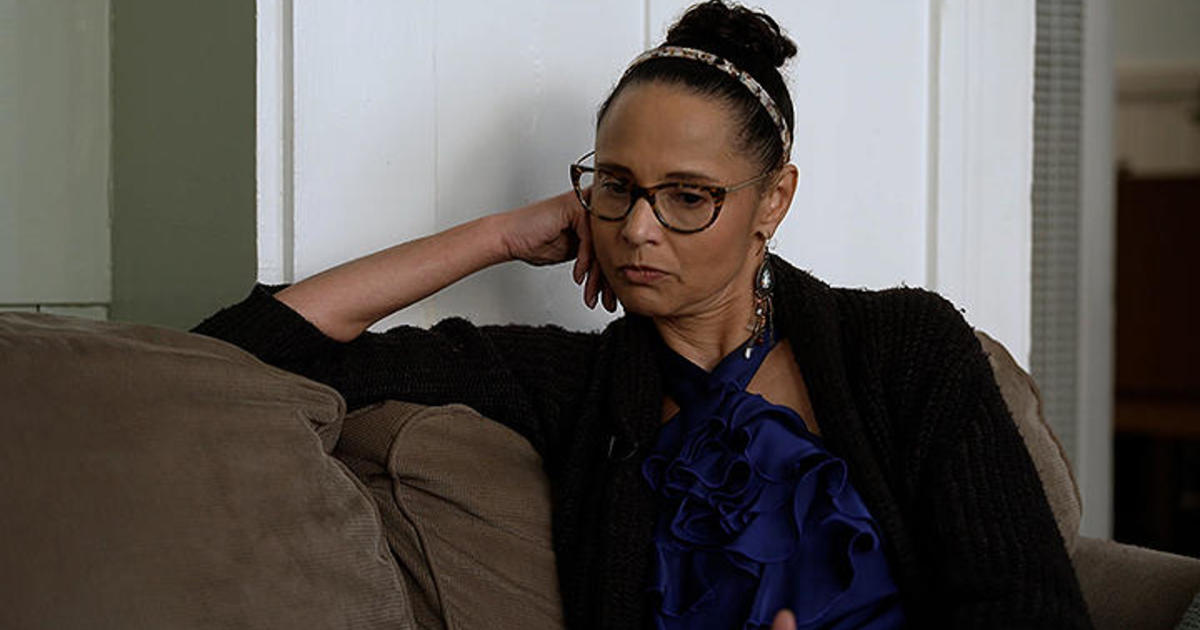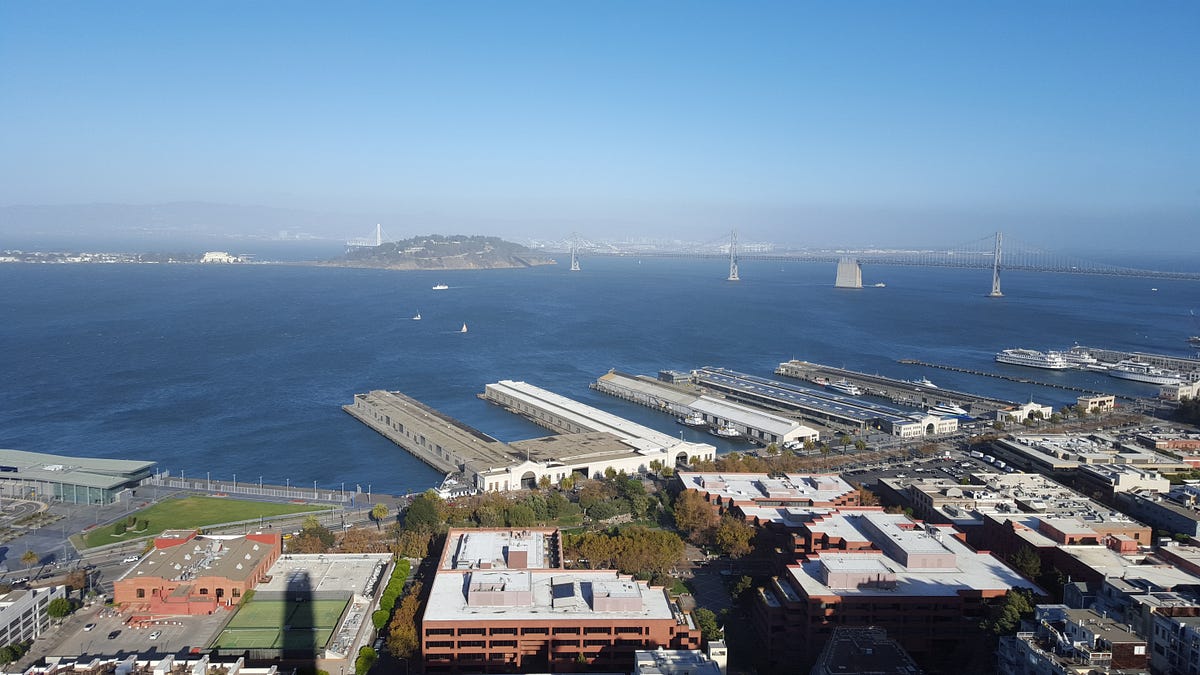‘I see my son’s face in everyone’s faces; Heartbroken mom believes San Francisco’s decline claimed her son

SAN FRANCISCO — Tanya Tilghman moved to the Bay Area as a teenager to live with her mother. She later married, had two sons, and made a home in San Francisco’s historic Italian neighborhood of North Beach, above the tourist and financial centers.
Even when her marriage fell apart, she never considered leaving. This was her city, her people. Liberal like her, with a mix of income levels and an overall sense of community. She wasn’t worried about her growing boys taking to the streets, where she herself always felt safe.
But those streets have changed, she says. She believes actions by city hall and even groups helping the homeless have exacerbated some of the problems and the community she once felt a part of has disappeared, she says. And her son got caught up in a scene that’s hard to ignore in the city: the drug scene.
Tilghman said Roman Vardanega first tried illegal drugs early in high school when he took a prescription drug at a friend’s house.
He quickly became addicted, his mother said, and then switched to cocaine, heroin, and later fentanyl, all of which were available in the city’s seedy Tenderloin area.
Tilghman admits she was uninformed, even naïve, about the proliferation of hard drugs. But it wasn’t something she encountered every day. Then “I think it’s a lot worse now than it was when I was growing up here,” she said. “When I was a teenager we always came to the Tenderloin because we thought it was just fun and quirky and I never felt insecure as a teenager. But I also don’t remember people coming up to me and asking if I wanted to buy drugs.
One of her first clues that her son was deeply involved was when she accompanied him on a tour of City Hall while he was at school. It was a few blocks from the Tenderloin, and some of the homeless people on the street knew him by name, like he’d been out there hanging out with them a lot — and that’s exactly what he did by collecting his drugs.
She tried to help. Vardanega spent 11th grade in rehab but persuaded his mother to let him return. She welcomed him home, but so did the streets.
By this time, their neighborhood had changed, and drugs seemed freely available even when they rode the Bay Area Rapid Transit (BART) system home.
“The first thing I got asked when I walked out of the BART station was if I wanted to buy drugs,” Tilghman said. The ease of getting and using drugs made the city a dangerous and sometimes deadly playground for people like her son.
When the Covid-19 pandemic hit in 2020, Vardanega began living on the streets full-time. The city was shut down, residents left or stayed indoors, and at the height of the pandemic, more people died from drug overdoses than from Covid-19.
“Everyone in town started putting up tents,” Tilghman said. “The outdoor drug market got a lot worse. And so it became easier for him to buy drugs and use them outdoors.”
And what Tilghman found puzzling was that the city just seemed to be looking the other way.
“The city’s policies absolutely harmed my son, it harmed us, and it caused him, I would say, to fall into his addiction a lot more,” she said.
“If you get caught for drugs, you most likely won’t go to jail, the cops would just let you go,” she said. “That made things worse, especially for my son because he’s very young and he’s still in that party mood.”
Tilghman’s state of mind was focused on one goal: finding her son. She knew he was addicted. She knew she loved him so much it hurt. And she knew that she wouldn’t stop looking until she found him, even if it put her in danger.
She walked the streets looking at things that most people tried to avoid and looked straight into the eyes of the people who lived on the streets. Sometimes she got blank looks back. Sometimes a sympathetic ear or a hopeful hint as to where her son might be.
She didn’t find him, but so many people were like him. “What makes me sad is seeing my son’s face on everyone’s faces … out on the street,” Tilghman said.
When Covid broke out, many residents started disappearing and the tent cities exploded on the sidewalks along with the drugs, the addictions and the signs of mental illness.
Mayor London Breed declared a state of emergency in the city to set up a “liaison center” at the Tenderloin, touted as a place for addicts to seek services that can help them.
When it opened in January 2022, Tilghman hoped it might be a place her son would find himself in, and one day she went to have a look. When she got there, she heard blaring music and tried to peek inside.
“I saw people doing drugs. I could not believe it. I think this is a place where people should get help. And they actually do drugs?” Tilghman said.
A little later she pretended to be an addict and went to the center to take a closer look.
“I told them I wanted to quit drugs and that I needed help,” she said. “And they laughed at me. And the guy at the door said, ‘We can help you use drugs. But if you need help with drug recovery, you have to come back tomorrow,'” Tilghman said.
The center had an area intended to treat overdoses, but it became known as a place for taking drugs and not for other services.
“The most disturbing thing… was that the damage reduction area was more like a party scene,” Tilghman said. “If my son went there for services because he’s a drug addict, if he saw a party scene where people were dancing and singing and taking drugs and most likely selling drugs there, there just wouldn’t be an option for him to access it.” Because he was so distracted and excited that he went and used it.”
In her opinion, the city’s laissez-faire philosophy had simply gone too far.
“If you walk into a store and steal less than $1,000 worth of merchandise and get away with it, that’s going way too far,” she said. “It’s going too far when you could smoke crack in front of a cop and the cop just looks at you and doesn’t even arrest you.”
The struggle to save her son was wearing her down. Not once, but three times, Tilghman says she was so depressed and so hopeless that she attempted suicide.
The situation is beginning to change, both for Tilghman personally and perhaps for her town.
The Tenderloin Linkage Center, later renamed the Tenderloin Center, closed last December. Tilghman has found new support and a mission working with Mothers Against Drug Addiction and Deaths. A new district attorney took office after the previous one was removed by constituents who perceived him as soft-spoken about crime. Tilghman’s son Vardanega got into trouble with the law, served a prison sentence and was sent to a court-ordered rehab program.
For Tilghman, incarceration is a good thing for him — it keeps him alive, off the streets, and gives him a chance in a treatment program.
For them, San Francisco is still beautiful – with the Golden Gate Bridge, the Presidio and Fisherman’s Wharf, the Italian enclave of North Beach. But it’s gotten even scarier, and she thinks part of the blame lies with the politicians whose job it is to clean up the streets.
“I’m liberal,” Tilghman said. “My politics have stayed the same and things have gone crazy around me.”





